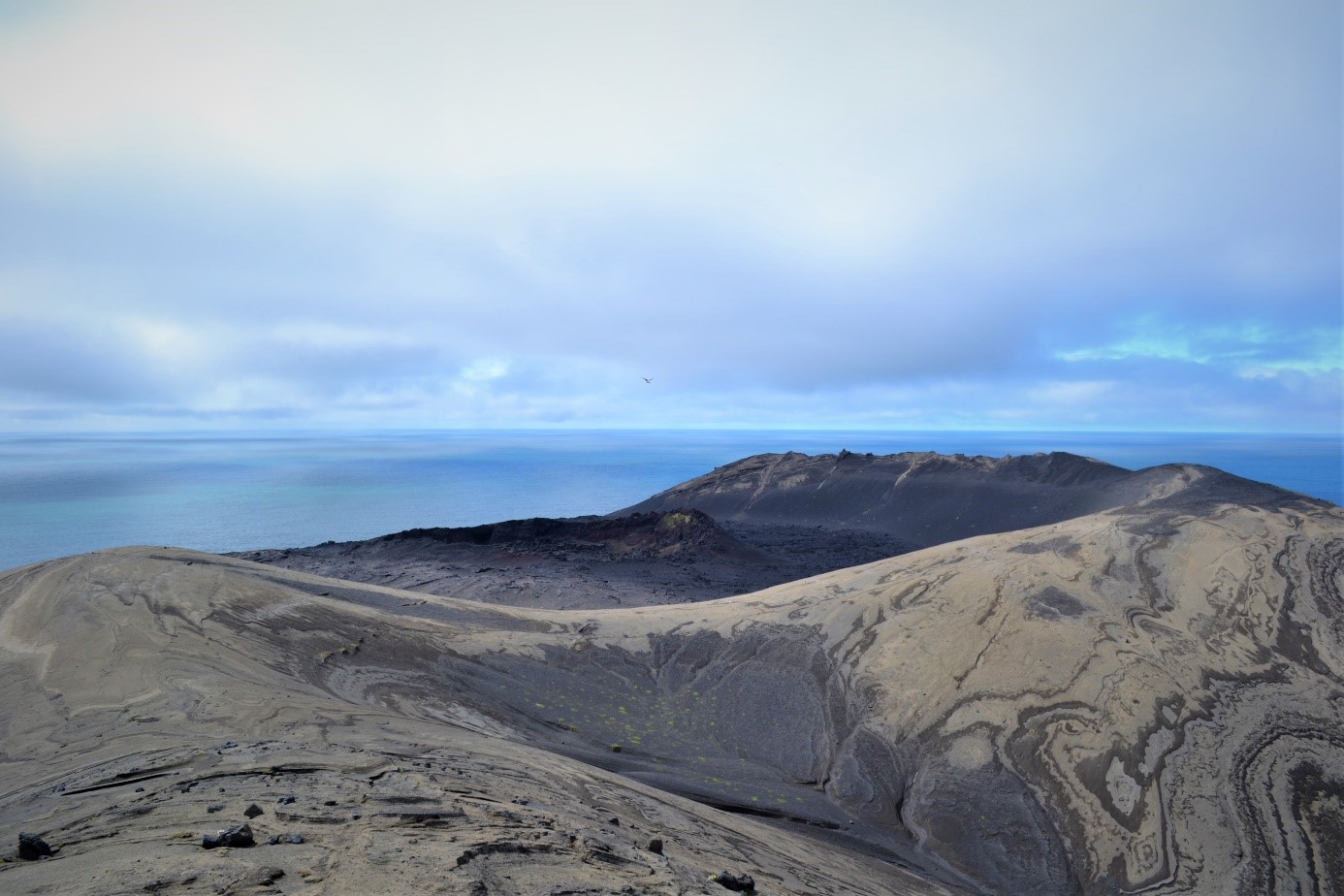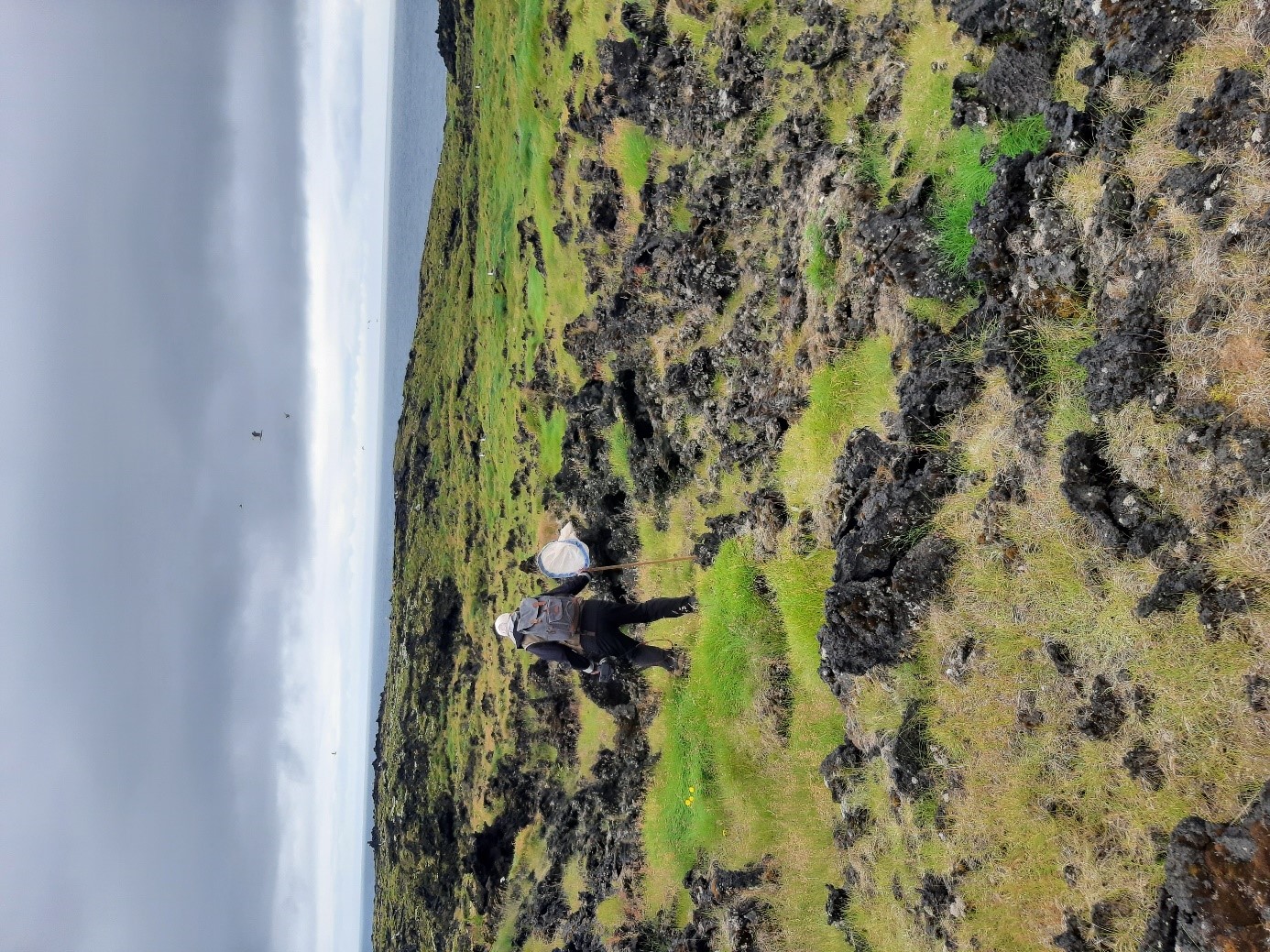Vinna við nýjar heimasíður Umhverfis- og orkustofnunar og Náttúruverndarstofnunar er í gangi. Heimasíða Umhverfisstofnunar er virk á meðan vinnunni stendur. Information in English
Research

So far, Surtsey has been a geological and biological research laboratory, and it will continue to be so. Submarine eruptions are not uncommon in the world’s oceans, and on average, two new volcanic islands are formed each century, which usually disappear quickly from the ocean surface. Surtsey’s singularity, compared to other volcanic islands, is in that it withstands the intrusion of the sea and evolves according to the laws of nature, without the influence or interference of man. Surtsey is the most studied volcanic island in the world because the geological history of the island can be traced from the beginning, i.e. formation, shaping and development of the ecosystem.
The Surtsey Association was founded in 1965, and its role is to co-ordinate and seek to promote scientific research in the protected Surtsey reserve. The Surtsey Association has been responsible for building the Pálsbær field hut and a helipad and has published reports on the results of scientific research in Surtsey.
Numerous scientists, both local and foreign, have conducted various research studies in Surtsey throughout the years. Scientists from the Icelandic Institute of Natural History conduct research and handle the regular monitoring of the nature in the reserve, in collaboration with the Marine and Freshwater Research Institute and the Surtsey Association.

Two groups of scientists regularly go on research expeditions to Surtsey.
- Geologists have observed aspects such as sea erosion, the island’s subsidence, the development of the geothermal area, encrustations of rare minerals and the formation of tuff from the volcanic ash.
- Biologists have observed aspects such as plant and animal colonisation, the development of ecosystems and the progress of plant and animal populations.
- Biology expedition 2019